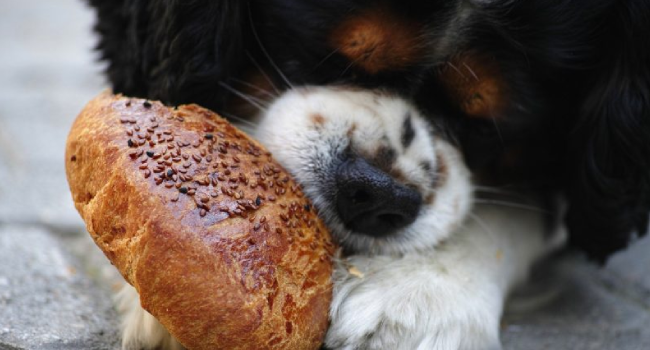Whether you’re getting a new dog or looking into pet health, learning about the ins and outs of dog health is essential to having a happy dog. From food to drinks and weather conditions, you should know everything there is to know about dog health. Let’s break it down with an easy listicle.
Foods
Treating your pup to delicious human food on the regular might sound like a good idea, but it can be detrimental to their health, especially with certain items that are poisonous to dogs. Some human food is healthy and beneficial, but the point is to take the time to do the research. It is fairly common that both chocolate and garlic are harmful to dogs, but there are other less known bad foods. Remember these harmful food options when making a little snack for your fluff friend. An additional list of beneficial foods is added for your benefit below.
Harmful Foods:
- Alcohol: Dogs should not be allowed anywhere near alcohol as it can have the same effects on them as humans: liver and brain problems.
- Avocado: Because persin is in avocados, it is harmful to dogs. Too much can cause vomiting and diarrhea.
- Almonds: The shape of the almond can tear the organs and block the windpipe if not chewed properly. They are not outright toxic.
- Bones: Be wary of bones. If they splinter, they can cause tearing and internal bleeding. Chicken bones are the most fragile of bones; do not feed them to your dogs.
- Caffeine: It can be fatal. Avoid coffees and teas.
- Chocolate: Chocolate is a big no. They stop the metabolic system from working correctly and cause vomiting, even leading to fatality.
- Cinnamon: Cinnamon is an irritant and can lead to digestive and liver problems.
- Fat: Fat trimmings can cause pancreatitis.
- Garlic: All forms of onion kill red blood cells and lead to vomiting and breathing problems. Anemia as well.
- Grapes: Grapes are the cause of kidney failure as well as raisins. Ice Cream: Because of large amounts of sugar and potential lactose intolerance, ice cream should be avoided.
- Macadamia Nuts: Never. Very poisonous for dogs; can cause vomiting, leg weakness, and lethargy.
- Onions: Same as garlic.
- Pits (Fruits): For example, peaches have large pits that can obstruct the bowels. Many pits have cyanide which is harmful to both pets and humans.
- Salt: Too much salt can lead to sodium ion poisoning. It’s best to lower a dog’s salt intake.
- Sugar: Same with humans, sugar can cause weight gain and teeth problems in dogs.
Beneficial Foods:
- Breads
- Cashews
- Cheese
- Coconut
- Corn
- Eggs
- Fish
- Ham
- Honey
- Milk: Dogs can be lactose intolerant as well. Look out for allergies.
- Peanut Butter
- Peanuts
- Popcorn
- Pork
- Quinoa
- Salmon
- Shrimp
- Tuna
- Turkey
- Yogurt
If you want a thoroughly detailed explanation of each food, go to the American Kennel Club’s website or FETCH WebMD to learn more about dog health.
Safe Weather Conditions for Walking
The 5-second rule goes for dog walking as well. Place the back of your hand on the pavement for 5 seconds. If it’s too hot for you, it will be too hot for your dog’s paws. Generally, the idea is to keep dogs indoors or in air conditioned rooms when it’s close to 100 degrees outside. For colder weather, it’s best to stay in below 40 degrees. Never take a dog out at 0 degrees.
This information can be swayed a little for a dog’s size. Larger dogs can endure more intense temperatures, but small dogs cannot. When the temp drops to 40 and below, small dogs should only be taken out for 15 minutes or less. Dog sweaters and booties are great ways to keep your pet warm in colder weather. If you want advice per temperature drop, Mental Floss has a wonderful chart for both Fahrenheit and Celsius temps in relation to dog walking. Remember, there are breeds that can take the colder weather temps, like huskies or malamutes.
When you think about your dog’s safety, you want only the best for your pet. With these tips, you will have a happy and thriving pooch. Also, take into consideration that every dog is different and has unique needs or allergies. You and your vet will be able to access your dog’s needs. If there is ever an emergency, contact the closest animal hospital or vet in town.


